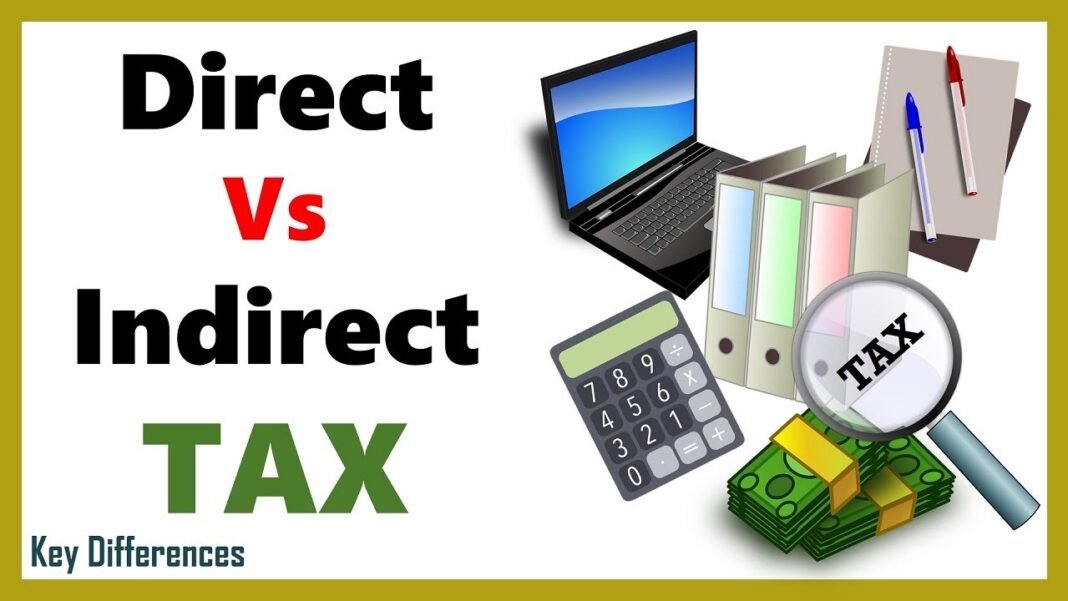There are two main types of taxes – direct and indirect. Direct taxes are taxes that are levied on individuals or organizations by the government. Indirect taxes, on the other hand, are taxes that are levied on the sale of goods and services. In this blog post, we will be discussing the difference between direct and indirect taxes, as well as the pros and cons of each. We will also be providing some examples of each type of tax. By the end of this post, you should have a better understanding of how these two types of taxes work.

Direct Tax
A direct tax is a tax that is levied on an individual or organization and is paid directly to the government. Indirect taxes, on the other hand, are taxes that are collected by the government from organizations or individuals and then passed on to another party, such as a consumer.
Some examples of direct taxes include personal income tax, corporate income tax, and property tax. Indirect taxes can take many forms, but some of the most common include sales tax, value-added tax (VAT), and excise duty.
While both types of taxes are important for funding government operations, there is often debate over which type is more equitable. Supporters of direct taxation argue that it is fairer because everyone pays according to their ability to pay. Those in favor of indirect taxation contend that it is more equitable because everyone pays the same rate regardless of their income.
Indirect Tax
Indirect taxes are those taxes that are levied on goods and services, rather than on income or profit. The most common indirect taxes are sales tax, value-added tax (VAT), and excise duty.
Indirect taxes are generally passed on to the consumer in the form of higher prices for goods and services. This means that indirect taxes are often regressive, in that they disproportionately impact low-income households.
While indirect taxes can be difficult to avoid, there are some strategies that can help minimize their impact. For example, making use of tax-free shopping days or taking advantage of discounts for early payment can help offset the cost of indirect taxes.
Pros and Cons of Direct Tax and Indirect Tax
There are two types of taxes- direct and indirect. Both have their pros and cons.
Direct taxes are paid directly to the government by the person or organization who owes the tax. This includes income taxes, property taxes, and corporate taxes. The advantage of direct taxes is that they are easy to calculate and collect. The disadvantage is that they can’t be avoided or shifted to someone else.
Indirect taxes are paid indirectly, through the purchase of goods and services. This includes sales tax, value-added tax (VAT), and excise duty. The advantage of indirect taxes is that they can be avoidable or shifted to someone else. The disadvantage is that they can be complicated to calculate and collect.
Which is better?
There are many types of taxes, but the two main ones are direct and indirect. So, which is better?
Well, it depends on your perspective. Direct taxes are levied directly on individuals or businesses, while indirect taxes are levied on the purchase of goods and services.
Some people believe that direct taxes are fairer because they’re based on ability to pay. Others argue that indirect taxes are more efficient because they tax consumption, not income.
Ultimately, it’s up to you to decide which system you think is best.
Also Read: Section 192 of Income Tax Act

